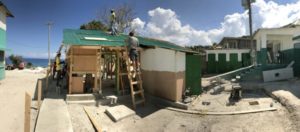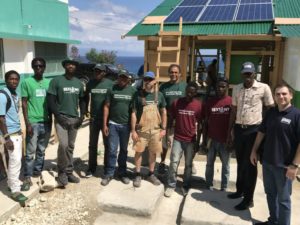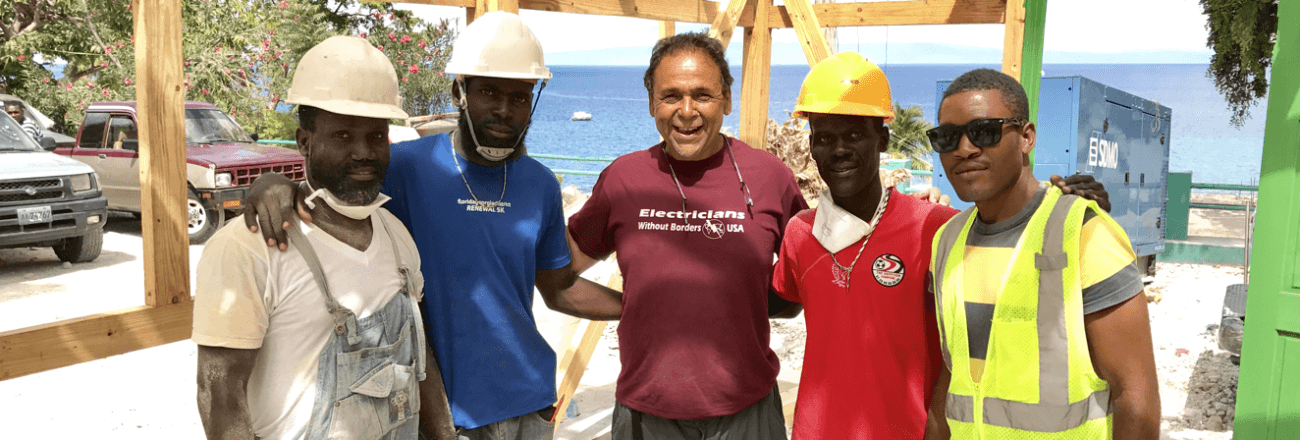
Public Hospital in Miragroane
On January 12, 2017, the New England Journal of Medicine, noting the scale of the cholera problem in Haiti – “already a disaster before the hurricane hit” – described a short, medium, and long-term program for “ambitious action on cholera control and elimination in Haiti.” This program was developed by the Haitian Ministry of Health in consultation with the US National Institutes of Health.
The program started with humanitarian relief for the population affected by the hurricane, coupled with “a simultaneous need to ensure that cholera treatment centers and oral rehydration posts are functional. After the hurricane, many of these facilities will have to be rebuilt.”
Shortly after the hurricane, a team of Mazzetti and Sextant Foundation volunteers accompanied Project HOPE’s medical volunteers to assess some of the facility needs in the state of Nippes, an area heavily affected by the hurricane. As a result of that work, Project HOPE was able to secure financial support for the needed construction.

Mazzetti and Sextant volunteers with Project HOPE team
Volunteers from Mazzetti and the Sextant Foundation worked with Project HOPE leadership to design a new Cholera Treatment Center for the public hospital in Miragoane. That project drew upon best practices for other CTC’s in the country, and optimized cost, speed of construction, versatility (so it could also be used for other purposes once cholera needs abated), usability, and lessons learned from the other superb designs elsewhere in the country. Mazzetti’s design volunteers included world-class architects from HKS (who also helped Mazzetti with the Philippines’ Typhoon response) and MASS Design Group (who designed the brilliant CTC for Gheskio Foundation in Port au Prince), as well Fall Creek Engineering, who helped to design the waste water treatment facilities for the Gheskio CTC. The building will feature cost-effective operational features such as on-site chlorine generation; it will be completely powered with solar energy with extensive battery back-up, as power in the area is notoriously unreliable.
Mazzetti and Sextant volunteers managed the construction and performed the electrical and plumbing work, working with and training local contractors in Miragoane.
As the successful construction project comes to completion, Project HOPE will move toward important long-term planning for capacity building to help the country to, as suggested by NEJM, control and eliminate cholera and support sustainable health system strengthening in Haiti.
Message from Mazzetti CEO Walt Vernon:
We started the Sextant Foundation after volunteering to help Project Hope following the 2010 Earthquake in Haiti. Seeing the good that Project Hope does in the world was life-changing for me, and we modeled the Sextant Foundation more or less after Project Hope – bringing volunteers from US healthcare to provide desperately needed infrastructure to support their medical missions. I am so happy that we are continuing to find ways to work together like this, empowering the people of Haiti to manage the health issues they face. Thanks to all of our donors and volunteers.
